(text and background only visible when logged in)
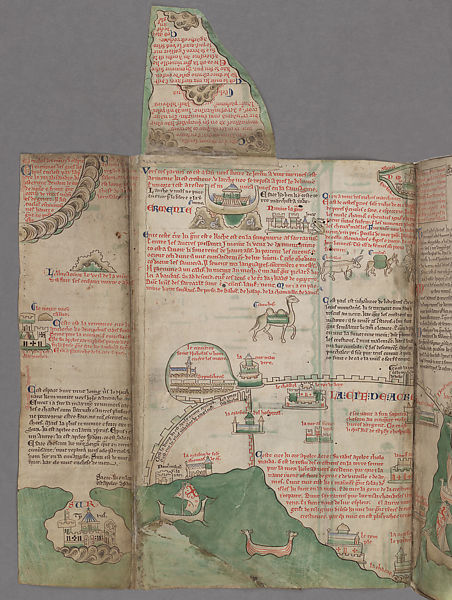
Chronica Majora (1235 - 1259)
Matthew Paris (1200-1259), was an English Benedictine monk credited with the earliest known use of flaps and volvelles (moveable circles) in the book Chronica Majora (1235-1259). The book consists of two volumes packed with illustrations and maps chronicling major historic events from the creation of the world to 1259.
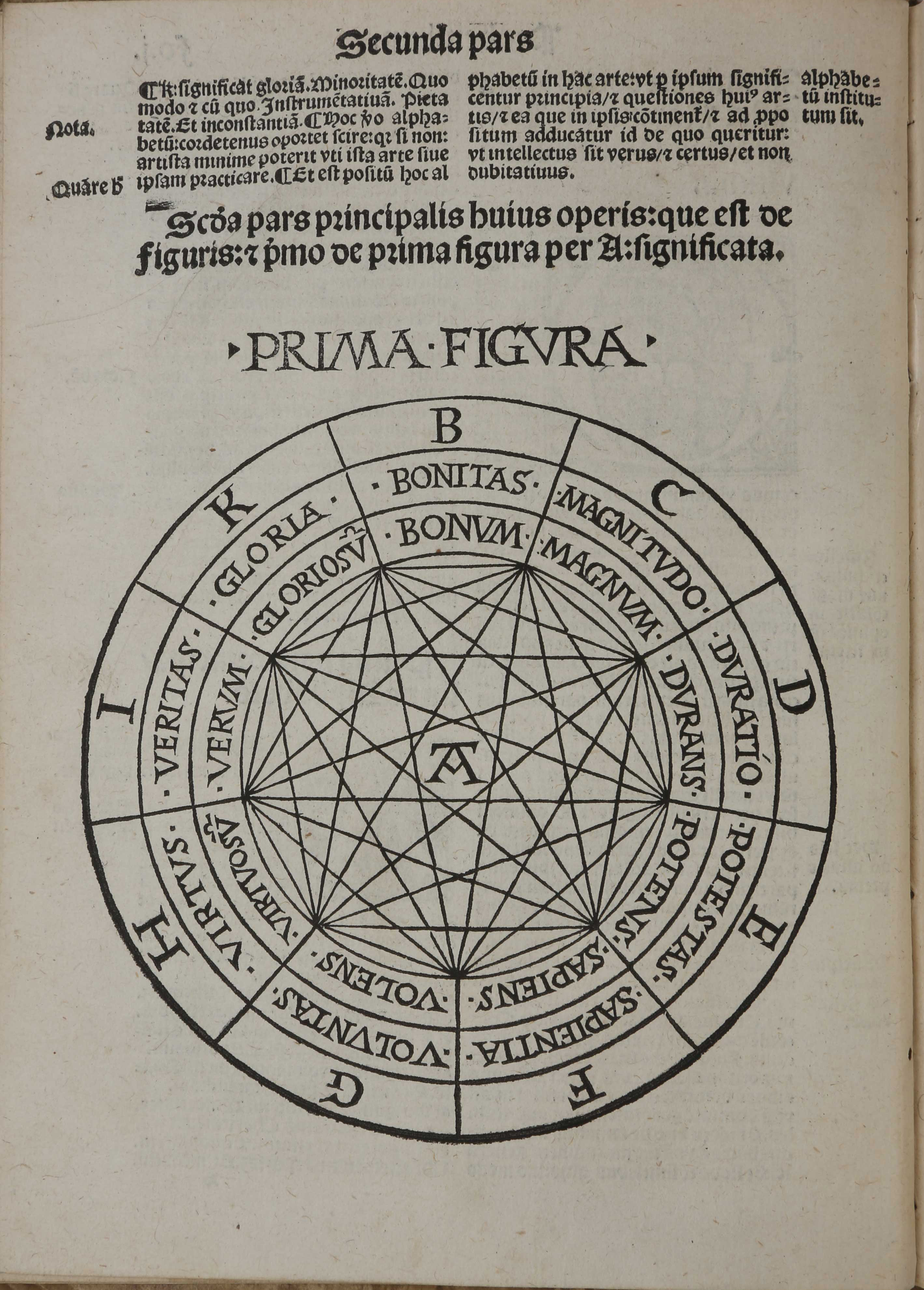
Ars Magna (1305 - 1309)
Ramon Llull (1232-1315), a Catalan Philosopher, attempted to apply logical systems to discover philosophical truths. He is particularly recognized for Ars Magna (“The Great Art” 1305-1308) in which he used innovative volvelles to translate logical choices into an illustrative analogue calculating system for theology and metaphysics. His use of volvelles is thought to be the earliest conceptual version of a computer.
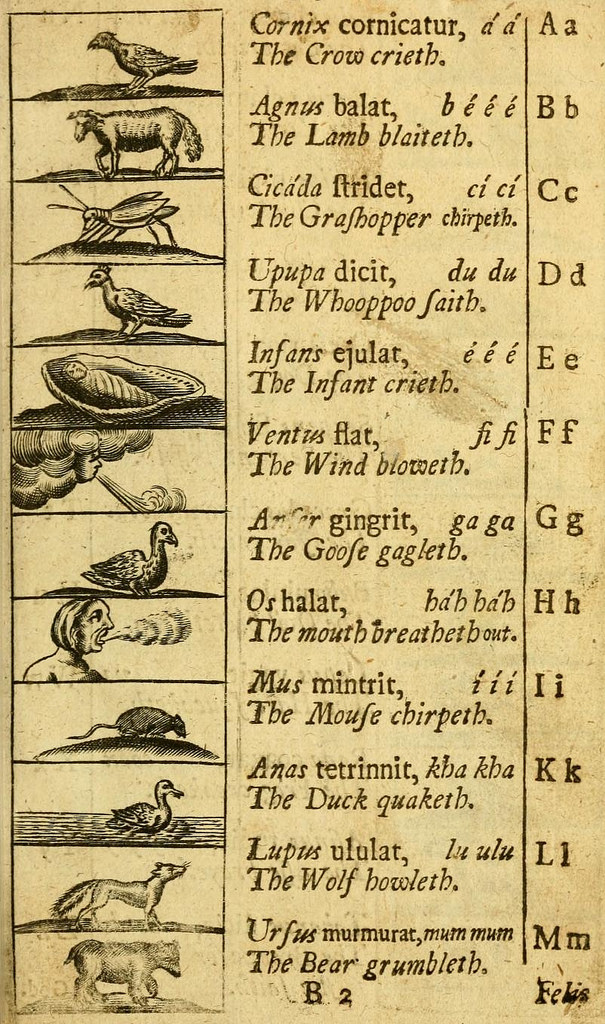
Orbis Sensualium Pictus (1658)
Johann Amos Comenius (1592 - 1670), a Czech educator, is considered the father of modern education. His book, Orbis Sensualium Pictus ("Illustrated World of the Senses," published in Nuremburg, Germany in 1658), is considered the first picture book geared specifically towards the way children learn. It was not a movable book, but set the groundwork for children’s books, a genre in which movables eventually excelled.
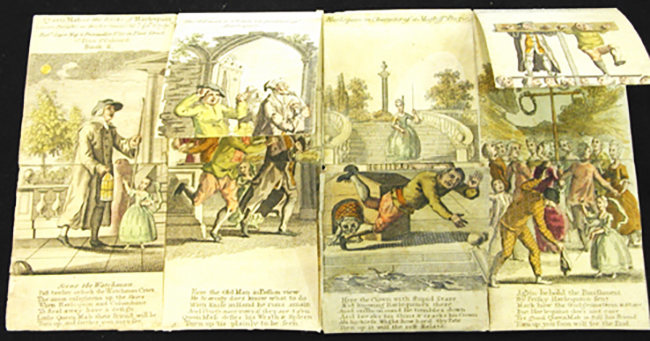
Harlequinade Books (1750's)
Robert Sayer (1725 - 1794), English Printmaker & Bookseller, produced the first movable books for children called Harlequinade or “Turn Up Books.” The Harlequinade book was a single sheet of paper, accordion-folded into four sections with slits cut along the folds to create flaps that folded from the top and bottom of each section.
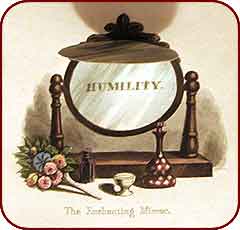
Lift the Flap Books (1820s)
William Grimaldi (1751 -1830) and Stacy Grimaldi (1790-1863), a father and son team based in England, developed another kind of lift-the-flap book using hinged pieces of paper cut in the shape of everyday objects.
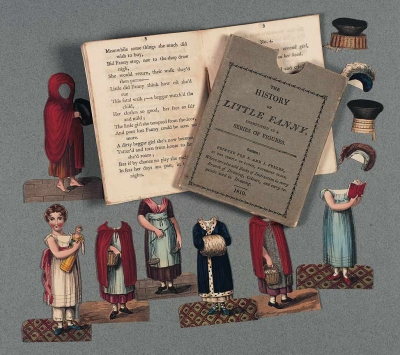
Paper Dolls (1800s)
S & J Fuller Publishers (active 1809 – 1862), a London novelty publisher, created paper doll books that provided a cut-out face that could be placed within multiple costumes that went along with the story.
1st Golden Age of Movable Books (mid 1800s)
The first golden age of movable books came about during the mid-1800s and was made possible by the superior printing technology of chromolithography out of Germany.
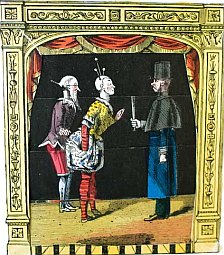
Pull Tab Transformations (1800s)
Dean & Son Publisher (active mid-1800s), London novelty book publisher, mass-produced movable books for children. Their publications used a slotted sheet with a pull tab to create a transformation from one picture to the other They also created stand-up pictures that became vertical with the pull of a string.
Lothar Meggendorfer (1847 - 1925)
Lothar Meggendorfer (1847 - 1925), a German illustrator & paper engineer whose innovation was to use a single pull tab to achieve multiple movements and delayed responses. He is believed to have created more than 200 movable books between 1878 and 1910. A biennial award from The Movable Book Society for Best Paper Engineering is named after Meggendorfer.
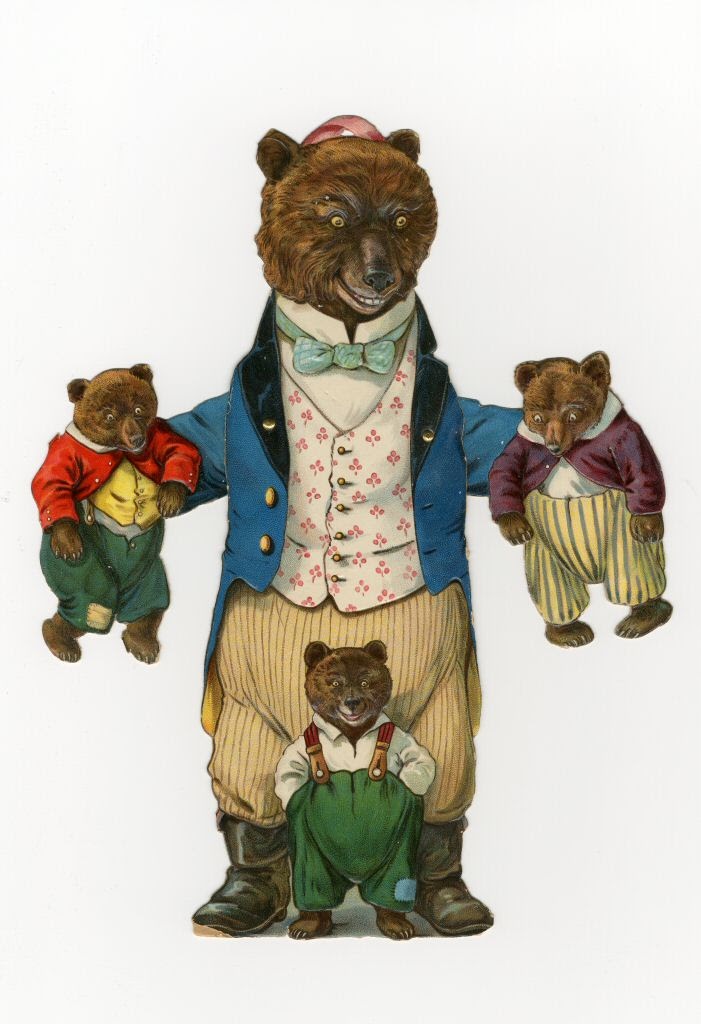
Father Tuck Mechanicals (1866 - 1959)
Fleeing wars in Prussia, Raphael Tuck (1820 – 1900) settled in England and set up Tuck & Sons in 1866. When the printer/publisher released the Father Tuck Mechanical Series in the 1890s, they were the first publisher to seriously challenge the popularity of Dean & Son in the children’s pop-up market. Tuck & Sons set up editorial and design studios in London, Paris, Berlin, New York, and Montreal but their printing operations were in Germany. The main office in London was destroyed in 1940, but the company survived World War II. Tuck & Sons functioned from 1866 until 1959, when it was absorbed into the British Printing Corporation.
Dissolving Pictures (1890s)
Ernest Nister (1842 – 1909), German printer and publisher, was one of the most well-known paper engineers, with publishing branches in Nuremberg, Germany and London, England, as well as promotion and distribution by Dutton in New York. He produced colorfully illustrated toys and movable books beginning in the 1890s. Nister is particularly recognized for his creative use of dissolving pictures and tab mechanisms.
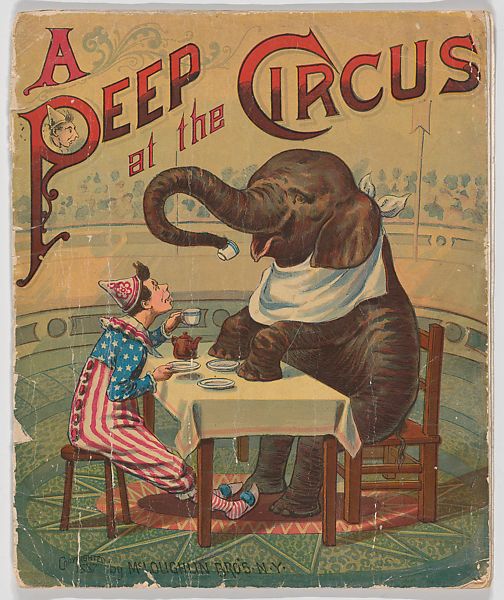
McLoughlin Brothers (1855 - 1920)
John McLoughlin began publishing a collection of semi-religious tracts in New York for children in 1828. John Jr. took over in 1850 and managed to obtain the printing blocks of a successful NY toy book publisher which allowed them to reissue Edward Dunigan titles. Eventually the company became known for brightly colored hand-painted paper toy books. 1855 John Jr’s brother, Edmund joined the business. McLoughlin Brothers (1855 - 1920) was America’s first pop-up book publisher. They produced the popular Showman's Series which often featured exotic locations and animals. The company was sold to Milton Bradley in the 1920's.
End of the 1st Golden Age of Movable Books
The first Golden Age of Movable Books comes to an end due to World War I (1914-1918). With the chromolithography printing technology being based in Germany and the need to ration paper and other supplies for the war effort, the movable book industry almost dies out during the war years.
Self-Erecting Models (1920s)
S. Louis Giraud (1879-1950), Publisher for London’s Daily Express Books, and Theodore Brown, Paper Engineer patent self-erecting models. The inclusion of these 'spring ups' in the Daily Express Children's Annual keep movable paper mechanisms in the public conscious. The Daily Express Children's Annual and later the Bookano Series (1929-1949) were the first to use page action mechanisms. These 'spring ups' greatly influenced what we know as pop-ups today.
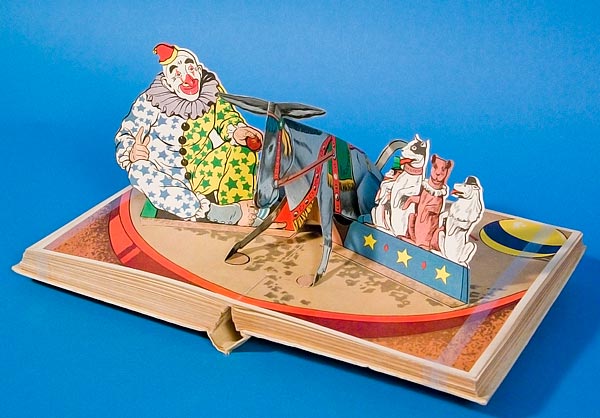
Pop-Ups (1930s)
Harold B. Lentz of Blue Ribbon Books Publishing copyrighted the term Pop-Ups in the 1930's to advertise a series of colorful movable books for children.
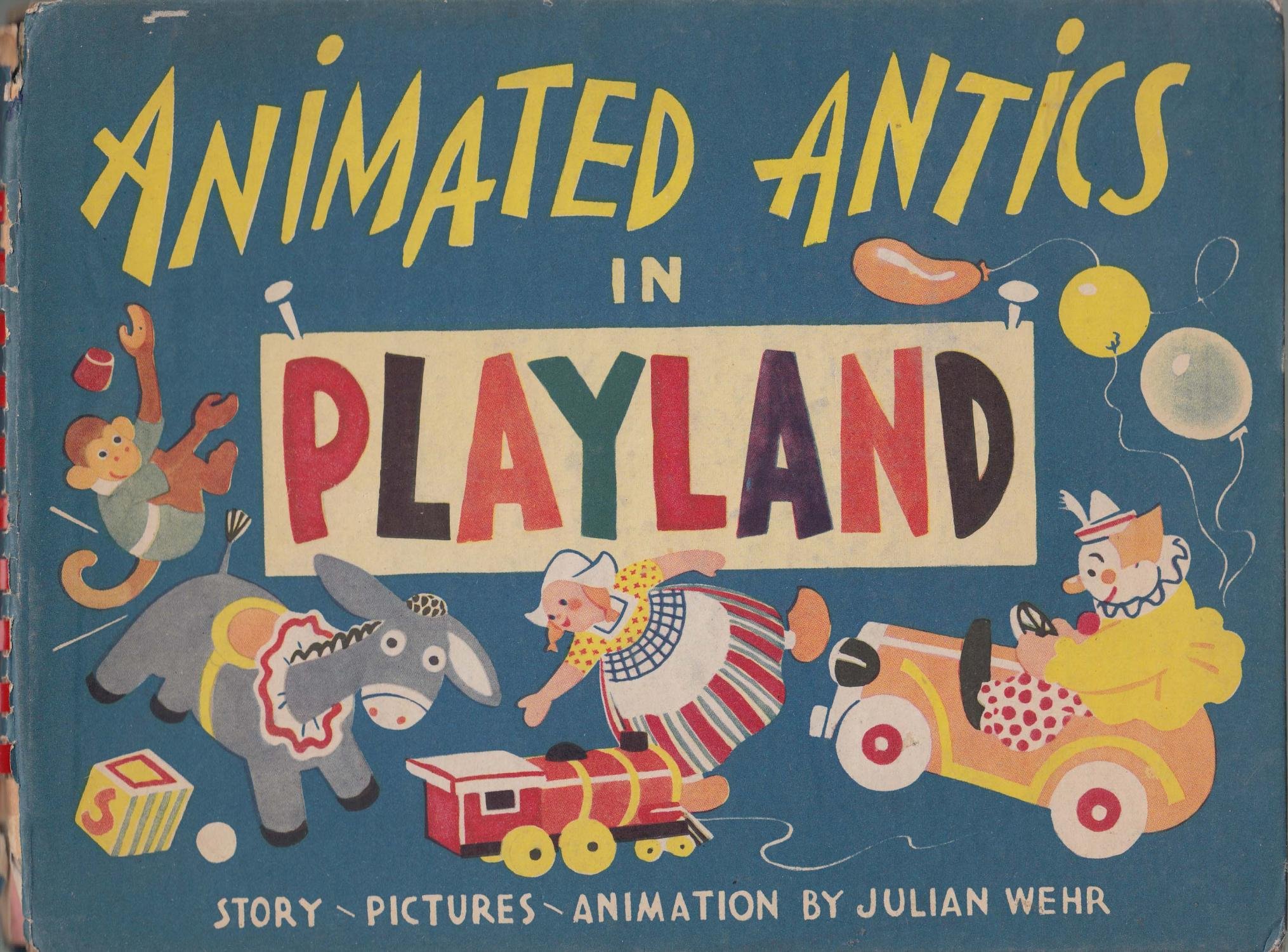
Julian Wehr (1942)
Coming to movable books from printmaking, Julian Wehr (1898 - 1970), American Paper Engineer, started creating animated books in 1942. His designs and patents expanded the range of motion that paper engineers could achieve with pull tabs and sliders.
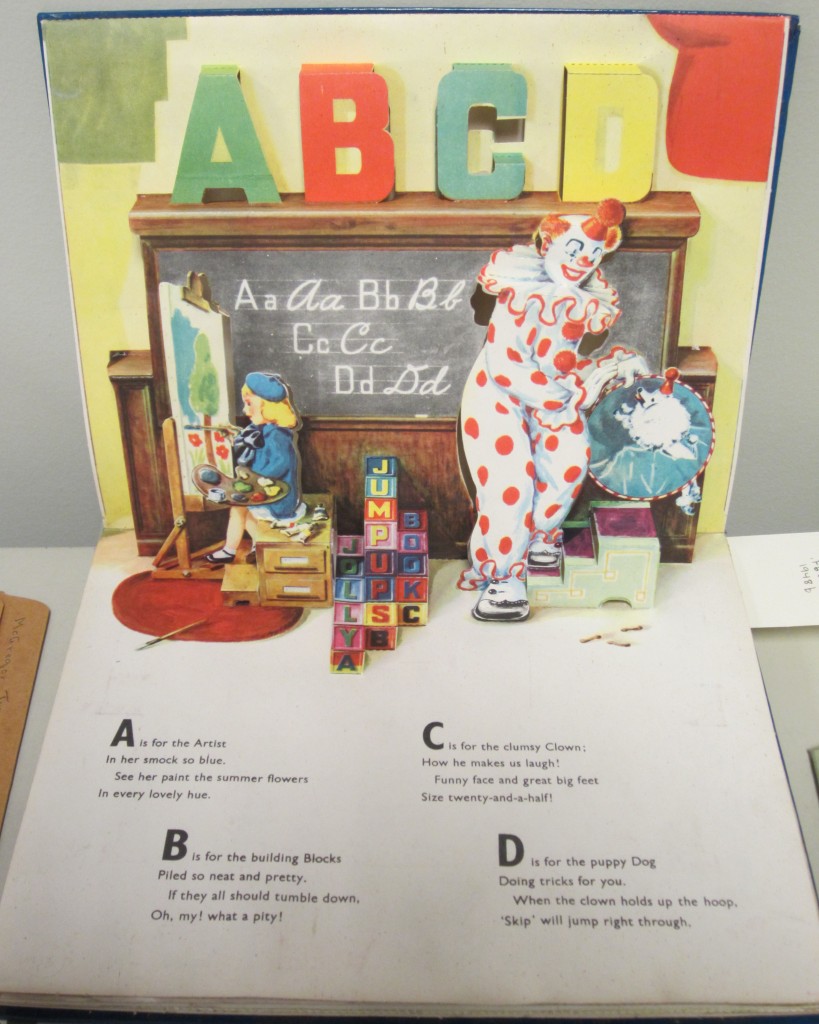
Jolly Jumpers (1939)
Jolly Jump Ups first appeared in 1939. Their production during wartime resulted in patriotic themes and an idealized “All American” family. The Jolly Jump Ups were designed by Geraldine Clyne, one of the few women mentioned in the early history of movable books. Clyne's designs usually used a single sheet of paper due to the need for an economic use of materials during the war effort.
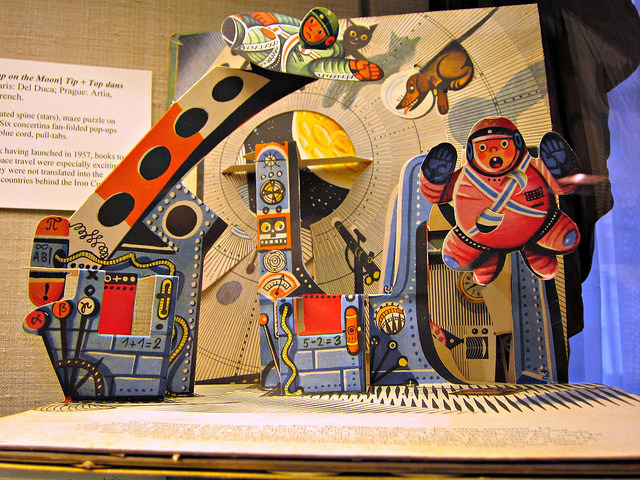
Czechoslovakian Pop-Ups (1950s)
Vojtech Kubasta (1914 -1992), an Austrian-born architect and artist working in Czechoslovakia during the 1950's created unique paper engineer designs that were sought out around the world. His work would eventually inspire publisher Waldo Hunt to usher in the second Golden Age of Pop-Ups in the in the United States during the 1960’s & 70's.
The 2nd Golden Age of Movable Books (1965 - )
Heavily inspired by the work of Vojtech Kubata Waldo Hunt and Ib Penick publish books that spark a resurgence in the pop-up market.
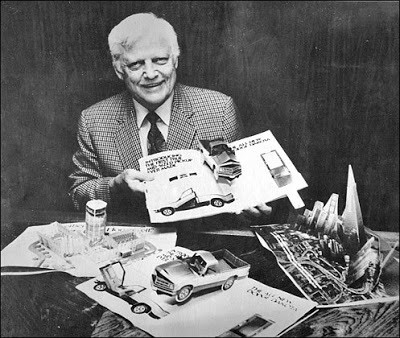
Waldo "Wally" Hunt (1920 - 2009)
Waldo “Wally” Hunt (1920 - 2009), American advertising agent and book publisher, coined the term "Paper Engineer" to describe the designers of pop-ups and movable paper mechanisms. He is credited with being the catalyst for the second golden age of pop-ups. In 1965, Hunt started Graphics International, a company focused on the production of pop-ups. He would eventually sell Graphics International to Hallmark and open Intervisual Communications were many contemporary pop-up engineers learned their trade or received their first opportunity to publish
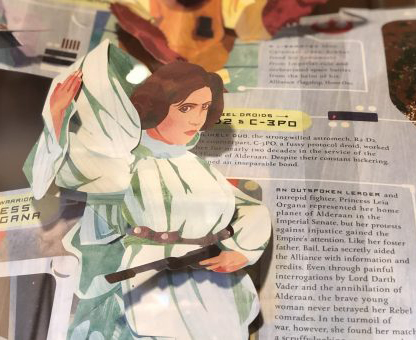
Ib Penick 1970s & 80s
Ib Penick (1930 - 1998), a illustrator and graphic designer who moved from Denmark to the United States of America in the 1950's, was the paper engineer behind much of Waldo Hunt's success. Penick was strongly influenced by the work of Vojetch Kubasta whom Hunt was a great fan. The two men worked closely together at Graphic International and Intervisual Communications.
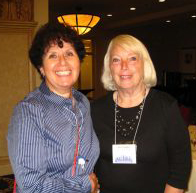
Movable Book Society (1993 - Now)
Ann Montanaro (1942 -), libraian, founded the Movable Book Society in 1993 for collectors, paper engineers, book artists and librarians working with moveable books. She is pictured here (on the right) with Ellen G. K. Rubin, founding member and pop-up book historian.
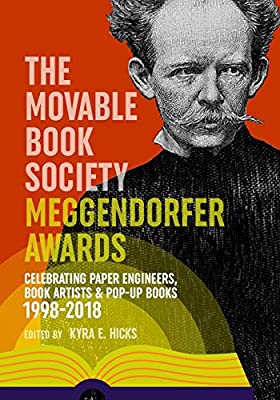
The Meggendorfer Award from the Movable Book Society (1998)
Starting in 1998, the Movable Book Society awards the Meggendorfer Prize for Best Paper Engineer every two years. To date eight paper engineers have been awarded the prize: Robert Sabuda (98’, 00’, 02’), Andrew Baron 04’, David Carter 06’, Matthew Reinhart (08’, 14’), Marion Bataille 10’, Ray Marshall 12’, Shawn Sheehy 16’, and Simon Arzipe 18’

